Emily Sinclair – Read this article if you want to learn some top plant choices that can be implemented for a bee-friendly city. There are many factors to consider when planting for a bee-friendly city. After all, you want the garden to be enjoyable for the bees, but also for yourself. This will look different depending on who you are and where you live. Some places to consider engaging in some bee-friendly plantings could be your existing garden, your balcony or window boxes, and even your lawn. The Honey Bee Conservatory has outlined the different ways you can encourage bee activity in your garden, including providing spaces for them to burrow – an often overlooked component of the bee’s lifestyle. In planting, you want to avoid highly hybridized plants as they are bred to produce far less pollen.
Create a Bee-friendly City
The same is true for plants with double flower tops, so stick with the singles for maximum production. Also important to keep in mind is that you want blooms for as many months as possible, so plant a variety of species that will bloom successively throughout the growing season. For blooms in the early spring you want to start with plants such as the following: 10) Crocus (Crocus spp.) When planning your bee-friendly city you must consider including this early bloomer. Planted from bulbs, these can easily be planted in the fall for a spring bloom. These little blooms are almost guaranteed to be the first sign of spring no matter what your climate. Choosing between the shades of blue, purple, white, and yellow gives you lots of options with this flower and the low-growing nature of this plant lends itself well to ‘natural’ plantings as opposed to more structured beds. Plant these bulbs in lawns and throughout your gardens for a quick burst of colour at the beginning of the season. Crocuses can also be grown in containers with very good results so feel free to add these to your balconies and window boxes. The blooms are very short-lived, usually only lasting two weeks, but enjoy these as they appear for they mean spring is near.
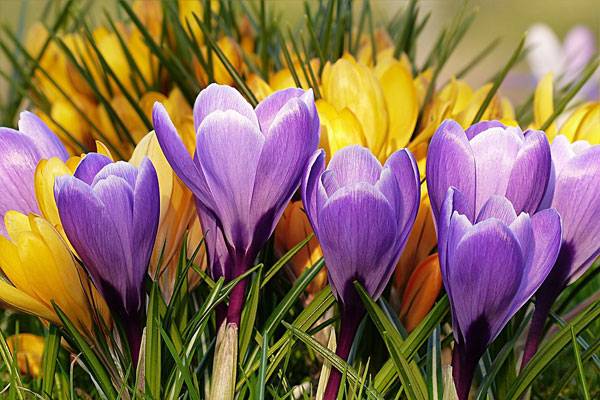
Will crocus find its way into your bee-friendly city. Image licensed under CC 0.0
9) Chives (Allium schoenoprasum) Something to keep in mind when planting in urban areas is that space is often limited. Some grow in their backyards and are able to have sizeable gardens. Others have plots in community gardens which still offer lots of space for numerous plants. However, when planting on a windowsill or balcony, double-duty plants are key. One great plant option that delivers a lot is the chive. Small in size and completely edible, this herb’s flowers are very attractive to bees in a bee-friendly city. This perennial should be cut back 3-4 times in the first year and monthly in the following years according to The Old Farmer’s Almanac. This plant loves the sun though, so be sure to find a spot with maximum amount of sunlight for it to call home and you will have blooms as early as May.

By Jerzy Opioła – Own work, CC BY-SA 3.0
8) Calendula (Calendula officinalias)
The calendula will offer you bright blooms over the course of the summer, lasting much longer than some of the other plants on this list. The blooms tend to be yellow or orange and stand on stems 12-24 inches tall. These flowers will grow in most conditions and are not very fussy, making them easy additions to the garden in terms of maintenance. In terms of structure, you will find that the daisy aesthetic of the plant makes these an interesting focal piece or a good choice for background colour, given its height. Watch out for insects with this species though; aphids love these flowers so be sure to watch and treat with your preferred method upon sight. In the summer you can rely on blooms such as the following to keep your plantings looking fresh.

By Aiwok – Own work, CC BY-SA 3.0
7) Hosta (Hosta)
Hostas come in all sizes making this a fun plant to add to most gardens or spaces. The large, distinctive leaves will make for a charming addition to the garden even outside of the bloom period. Keep in mind though, bees are not the only animal attracted to this plant. The hosta is a favourite of many deer so if planting in an area frequented by them, be sure to undertake deer-proofing measures. Hostas love the shade though, so if you live in a particularly shady area this might just be the plant for you.
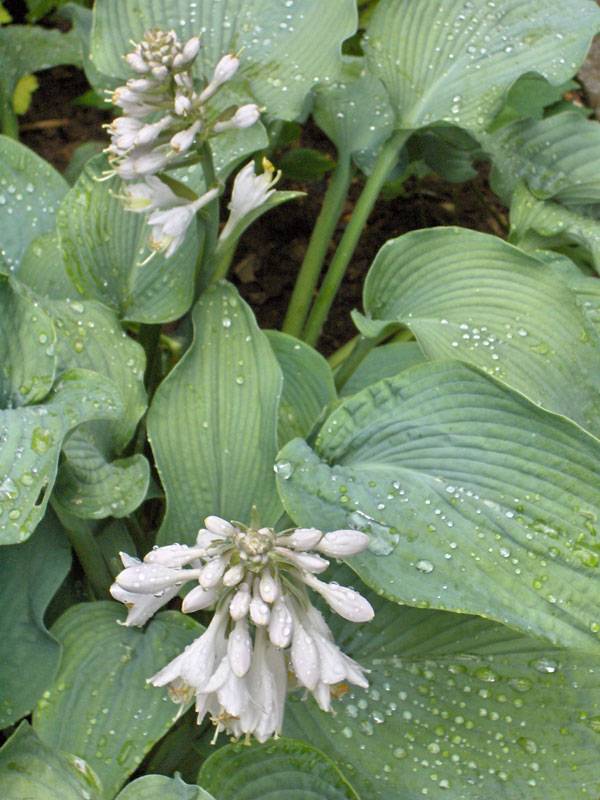
CC BY-SA 3.0
6) Bee Balm (Monarda)
With a name like that how could we not add it to the list? Another shade lover, the bloom of the bee balm plant comes out in the summer and stays until fall. Its jaunty petals create a decidedly spiky look to the bloom. The plant itself grows up to two feet wide and four feet tall, although dwarf varieties are available, it also provides blooms in colours ranging from red and blue to white. Bee balm is also known to attract butterflies and hummingbirds so expect this one to bring lots of life to your garden. Bee balm is also deer-resistant and drought tolerant, making this an excellent choice for some of those more difficult areas.
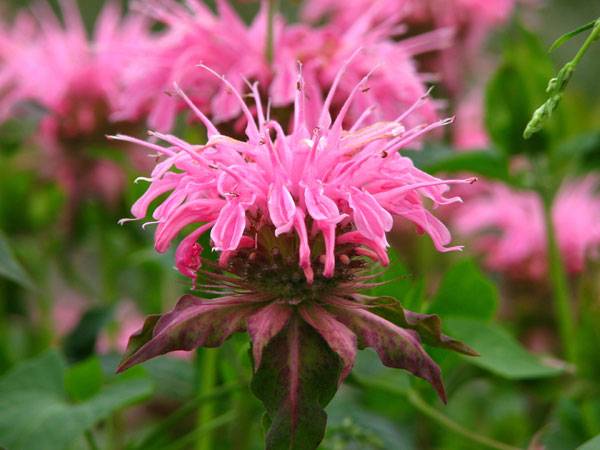
By Kor!An (Андрей Корзун) – Own work, CC BY-SA 3.0
5) Creeping Thyme (Thymus serpyllum)
Another great container plant, thyme will bloom throughout most of the summer, attracting bees – especially honeybees – to your garden with ease. The herb is especially useful in the kitchen and since harvesting the leaves of this plant only encourages more growth you can be assured that you will always have plenty. For those of you planting in yards and open spaces – the creeping thyme plant makes an excellent ground cover. Thyme loves sun so keep this one somewhere where it is sure to get lots of it. This lovely, delicate-yet-hardy plant will show small white flowers throughout the summer. As it grows you will also be treated to the strong aroma of the thyme plants so sit back and enjoy.
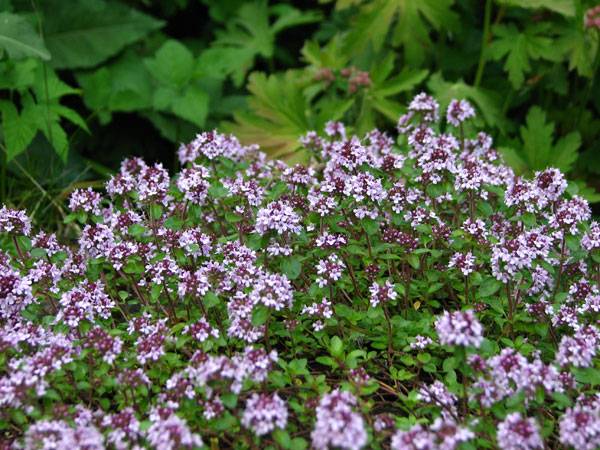
By Kor!An (Андрей Корзун) – Own work, CC BY-SA 3.0
4) Echinacea (Echinacea purpurea)
Sometimes known better as coneflowers, depending on the company you keep, this flower will bloom typically between June and October. These plants prefer partial shade during excessively hot periods although be sure to plant them in an area that also gets sun at some points during the day to encourage blooms. If you want a second bloom in the fall, try deadheading after the first flower. These flowers will not only attract birds, butterflies, and bees but also are favourites of some types of beetles which are natural predators of the aphids that will be attracted to some of your plants. These also tend to be deer-resistant so plant without fear. The blooms of these plants tend to be purple or pink in hue, adding a bright pop to your late summer gardens. Finally, for the fall blooms. With winter just around the corner you do not want to leave out the fall blooms. Not only will they keep your spirits up as the days begin to shorten but they will provide one last burst of food for the bee population in a bee-friendly city
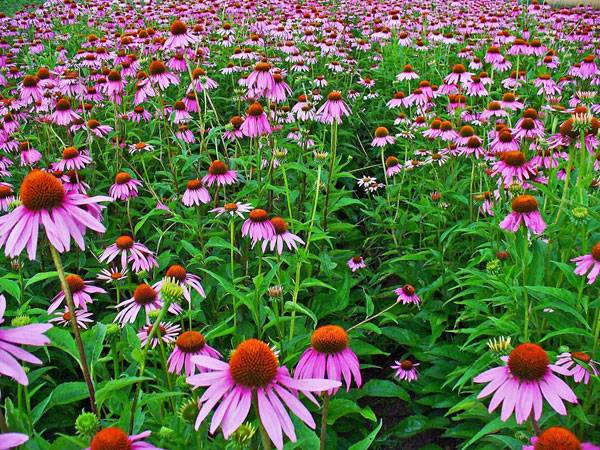
By H. Zell – Own work, CC BY-SA 3.0
3) Asters (Aster spp.)
This small, daisy-like flower will begin blooming in late summer and continue throughout the fall. Asters are an excellent source of ground colour in the autumn and the bloom is available in hues ranging from white to purple to blue. They require very little in the way of maintenance and can easily be started from seed. Stay away from the more modern hybrids though, as they will have less pollen production than the older varieties. Stick with ones like the white Woodland Aster (Eurybia divaricata) or the purple New England Aster (Symphyotrichum novae-angliae). Due to the wide flower, there is plenty of space for bees to land as well, the pollen and nectar are not hidden away deep in the flower. Since some bees come equipped with a shorter tongue, some with longer ones, the Aster will be able to feed both bee types easily. This attribute is perfect for the colder months as there will be less food available to the pollinators.
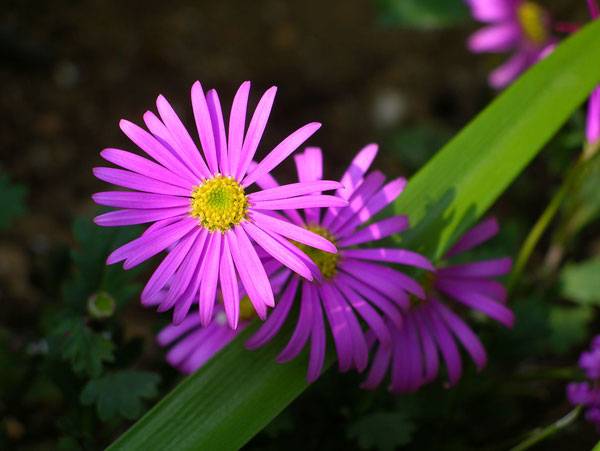
Attribution-ShareAlike 2.0 Generic (CC BY-SA 2.0)
2) Sedums (Sedum, spp.)
Sedums can be an excellent addition to your bee-friendly city with many varieties to choose from, most boasting an extremely hardy nature. Sedums are very useful – and especially charming – in rock garden settings, they are very tolerant of sun and poor soil conditions. Overwatering can hurt these plants so let them be and enjoy the greenery – and other colours – they bring to otherwise inhospitable conditions. With hundreds of species of sedums available on the market you will be able to find something with the plant architecture that fits with your garden type. Plants vary from filler varieties to groundcover to colourful statement plants.
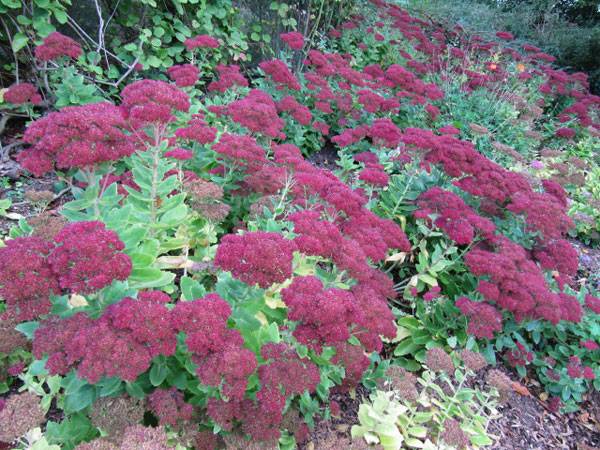
Attribution-ShareAlike 2.0 Generic (CC BY-SA 2.0)
1) White Clover (Trifolium repens)
If you have ever considered swapping your lawn for an alternative, odds are you have heard that clover is an excellent substitute for the green grass lawn. The long-tongued bees will love the alsike and red clovers but the short tongue of the bumble bees will not be able to reach into these clover species. Instead, opt for a white clover, as the florets are more shallow, if you want to cater to a larger spectrum of bees. The white clover is a rapid spreader, making it a perfect choice for meadow or lawn locations. Make sure to do your research if you decide to change your lawn to this alternative, since clover has different water and fertilizer requirements than a typical lawn. The flowering clover will be approximately 4-8 inches tall during its bloom time, keeping a low profile which can still be mowed if needed. If the clover look is something you want in your balcony or window box you can still grow these in containers and, of course, if you keep them close there is no chance that someone else will find that four-leafed clover first.
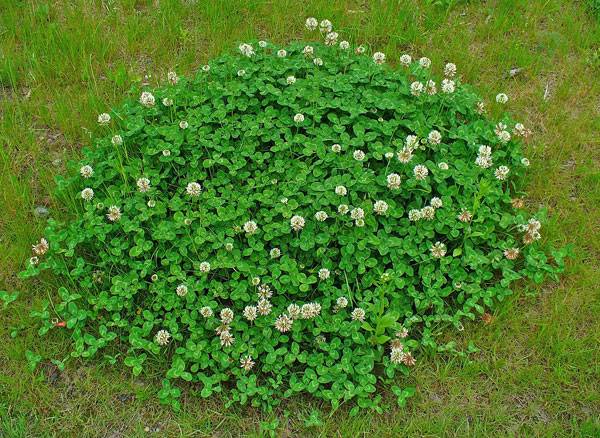
By H. Zell – Own work, CC BY-SA 3.0
There are many plants out there that bees and other pollinators enjoy. The plants on this list are by no means exhaustive. If you do plan on planting any of these plants though, check out the local conditions. Many of the plants on this list are good for hardiness zone 3 and higher, based on the USDA map of hardiness zones and will not always work for all conditions. Have you had success in planting a bee-friendly city? What plant species have you tried, and how well have they worked?
Recommended Reading:
- Becoming an Urban Planner: A Guide to Careers in Planning and Urban Design by Michael Baye
- Sustainable Urbanism: Urban Design With Nature by Douglas Farrs
- eBooks by Landscape Architects Network



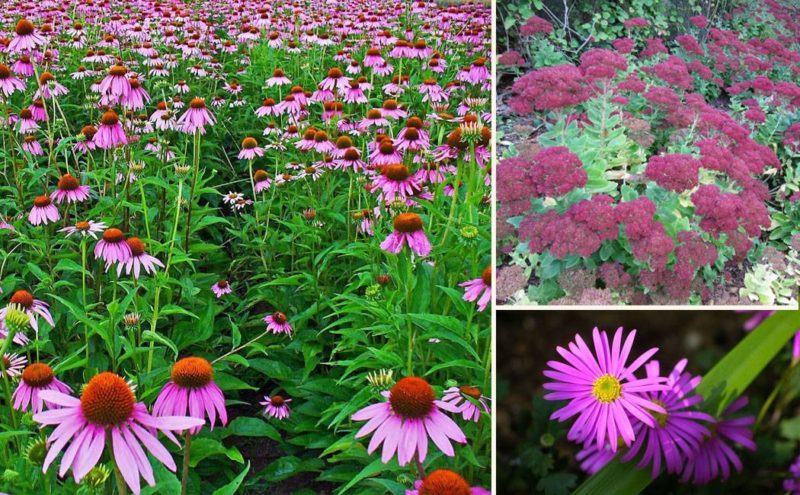


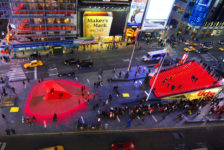
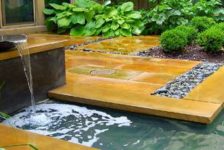



Pingback: The Best Plants for Urban Beekeeping: What Grows Well in Small Spaces – Simplify BeeKeeping
Pingback: Top 7 Flowering Plants for Bees in Small Urban Gardens – the Elite Review Insights